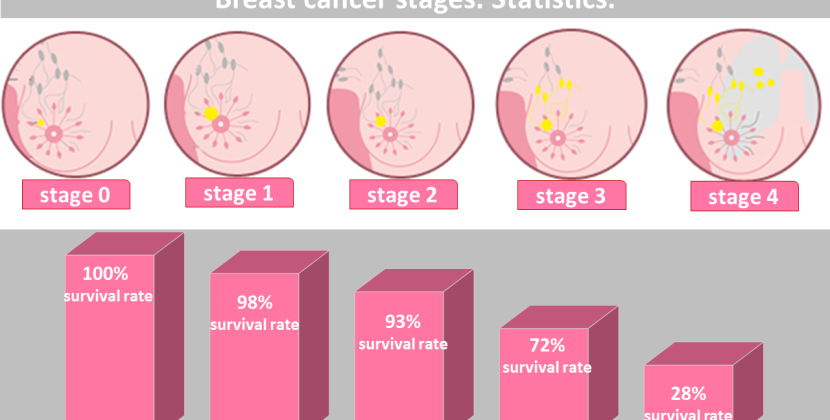
Introduction
Are you guilty of neglecting your recovery days? Do you push yourself too hard and skip rest in the hopes of achieving maximum results? It’s time to change that narrative! Recovery days are just as essential as training itself, and when utilized correctly, they can help improve performance and prevent injuries. In this blog post, we’ll share valuable insights on how to make the most out of your recovery days for optimal results. Get ready to take a proactive approach towards rest and rejuvenation- let’s dive in!
What are Recovery Days?
Assuming you exercise regularly, recovery days are crucial to giving your body time to repair and rebuild the damaged muscles. Over time, this process of muscle damage and repair makes your muscles stronger and better able to handle the stresses of exercise. If you don’t allow your body adequate time to recover, you risk overtraining and suboptimal results.
Most people need at least one full day of rest per week. During this time, you can do light activities such as walking or stretching, but avoid anything that puts stress on your muscles. For example, if you lifted weights on Tuesday, Wednesday would be a good day for a light walk or some yoga.
In addition to taking a day or two off each week, it’s also important to take periodic breaks from training every few weeks. This gives your body an extended period of rest and recovery so you can come back fresh and avoid burnout. How often you need a break depends on how much you’re training and how well you’re recovering. A general rule of thumb is to take a break every 4-6 weeks if you’re training hard several times per week.
The Benefits of Recovery Days
Assuming you’re following a workout schedule that alternates between hard days and easy days (or active recovery days), your recovery days are crucial to seeing results. Here’s why:
First, when you’re working out hard, you’re actually breaking down your muscle tissue. It’s during the recovery period that your body rebuilds and gets stronger. So if you don’t take adequate time to recover, you won’t see the gains you’re hoping for.
In addition, recovery days give your body a chance to repair any damage done to your muscles and connective tissues during your last workout. This reduces your risk of injuries and ensures that you can keep working out at a high level for the long term.
Finally, taking a day or two off from exercise gives you a mental break so that you can come back to your workouts feeling refreshed and motivated. This is especially important if you’ve been sticking to a strict workout routine for several weeks or months in a row.
So how should you spend your recovery days? First, make sure you’re getting enough sleep. Sleep is when our bodies do the majority of their repair work, so aim for 7-9 hours per night. In addition, Eat foods rich in protein to help rebuild muscle tissue, and focus on healthy carbohydrates like fruits and vegetables to replenish your energy stores. Finally, take
How to Make the Most of Your Recovery Days
Assuming you’re following a well-designed training program, your recovery days are just as important as your workout days. In fact, they might be even more important. That’s because it’s on your recovery days that your muscles repair and grow stronger. Without adequate recovery, your workouts will suffer and you’ll eventually get injured.
So how can you make the most of your recovery days? Here are a few tips:
1. Get enough sleep. This is probably the most important factor in recovery. Most people need 7-8 hours of sleep per night, but if you’re training hard, you might need even more. Experiment to see what works best for you.
2. Eat healthy foods. Eating nutritious foods helps your body recover faster and provides the energy you need to train hard again tomorrow.
3. Take an ice bath or use cold therapy. Ice baths or cryotherapy can help reduce inflammation and speed up the recovery process by constricting blood vessels and reducing swelling.
4. Foam roll or use a massage gun/ball. Self-massage with a foam roller or massage gun/ball can help release tightness in muscles and improve blood flow to facilitate healing.
5. Stretch or do mobility exercises. Stretching or doing mobility exercises helps lengthen shortened muscles and prevent injuries down the road
Tips for Maximizing Your Recovery Days
There’s no denying that recovery days are important. They allow your body to rest and repair itself so you can come back stronger than ever. But just because you’re not working out doesn’t mean you can’t use those days to your advantage. Here are a few tips for making the most of your recovery days:
1. Get active in some way. Just because you’re not lifting weights or running doesn’t mean you have to be a couch potato. Get out and move around, go for a walk or hike, play some basketball, anything to get your body moving and blood flowing.
2. Eat healthy foods. Recovery days are a great opportunity to focus on nutrition and fuel your body with the nutrients it needs to recover properly. Eat plenty of fruits and vegetables, lean proteins, and complex carbs. And don’t forget to stay hydrated!
3. Take time to relax. Recovery days are also an opportunity to mentally recharge. Take some time for yourself, do something you enjoy, and just relax. You’ll come back to your training feeling refreshed and ready to go.
Conclusion
Recovery days are essential for any athlete, regardless of their fitness level. Taking time to rest and refuel your body can help you achieve maximum results. Incorporating stretching, foam rolling, light activity such as walking or swimming, and getting plenty of sleep into your recovery day routine can help you make the most out of it. Not only will this help improve performance during workouts but also reduce the risk of injury in the long run. So don’t forget that recovery days are just as important as exercise days!










